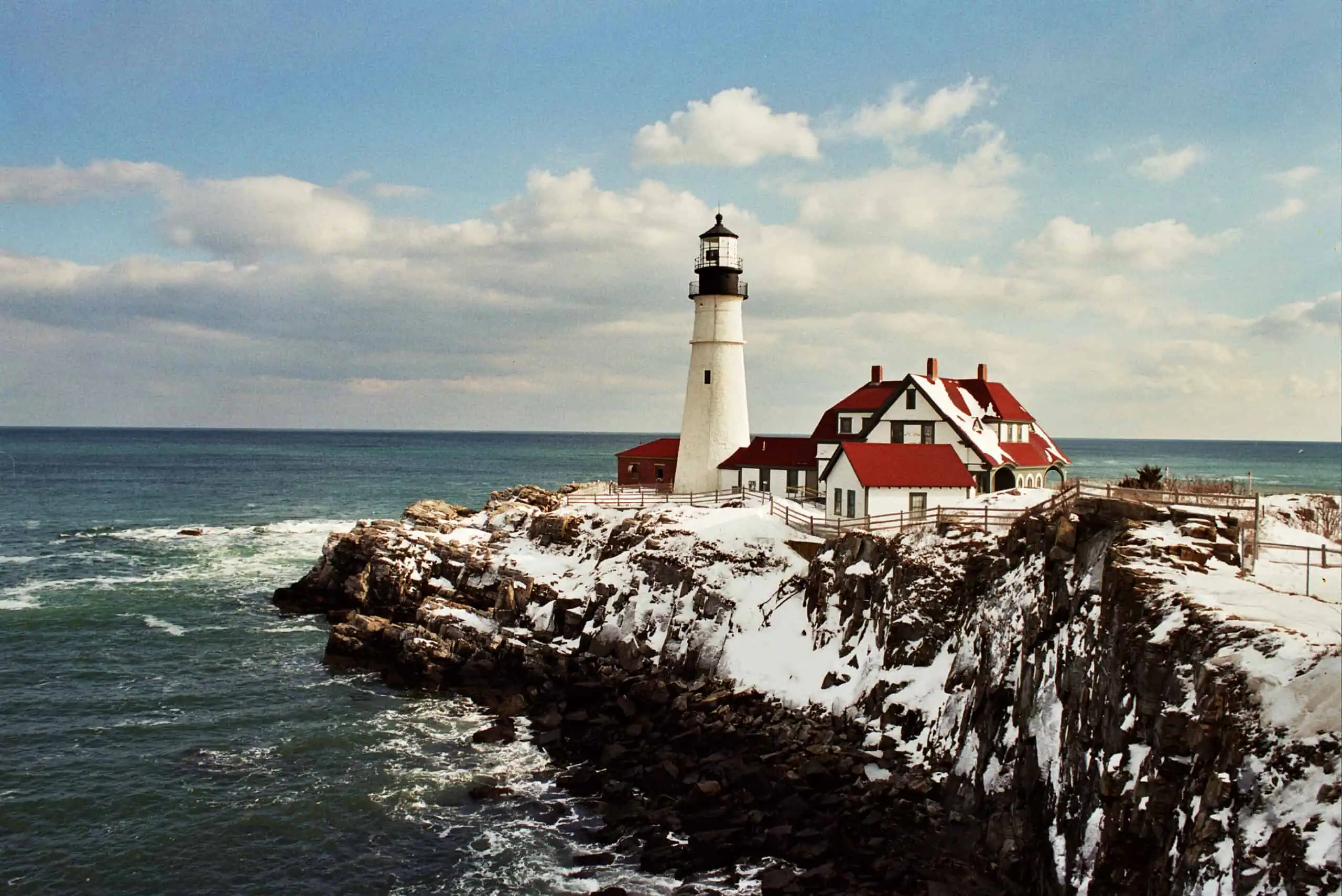
Timing the Market
With so many factors having an influence on energy prices, how do you identify optimal buying opportunities?

With so many factors having an influence on energy prices, how do you identify optimal buying opportunities?

In New England, there are two main drivers of wholesale electricity prices – cost of fuel and demand. Cost of Fuel Natural gas is the principal fuel source used to produce electricity. Natural Gas has made up 52% of the electricity used in New England this past year. As a result, average wholesale electricity prices

A basic question but to successfully navigate the energy market can be a complex answer. Simply put, energy procurement is the process of sourcing and acquiring electric and natural gas for your businesses. A number of factors determine your price – natural gas, weather, capacity, transmission costs, and the list goes on. It is important

We talk about the weather’s effect on the energy market a lot here at BPE. Here are a few ways weather can influence energy prices: Heating and Cooling Demand Weather conditions directly affect the demand for heating and cooling in residential and commercial buildings. When we see extremely cold or warm temperatures, the demand for

At Best Practice Energy our Energy Advisors are your first point in contact for the energy procurement journey. The Energy Advisor’s role is to help you manage market timing, product structure, purchasing and more. You’ll see many advantages when working with a trusted Energy Advisor. Market Timing Energy Markets are volatile for a

We are excited to announce that Best Practice Energy has recently been acquired by Environ Energy, a leading energy management firm that focuses on sustainable solutions for energy efficiency and clean energy sources. As part of the acquisition, Best Practice Energy will serve as a division within Environ, continuing to help clients achieve their energy

As March comes to a close, we’re looking forward to spring in the Northeast and the beginning of what we call a “shoulder season” in the Energy Industry. This occurs when temperatures reach a comfortable area of 40-70 degrees Fahrenheit. These temperatures provide most facilities a great opportunity to cut electric and natural gas costs

As we head into the last weekend of February, New England is shaking off Winter Storm Olive which brought snow, rain, and strong winds to the region. Overall, February’s mild temperatures in the Northeast and Midwest has kept natural gas storage withdrawals to a minimum. Yesterday saw a 71 Bcf withdrawal according to the U.S.

Last week, we saw the price of Natural Gas fall to an 18 month low as mild weather in the Midwest and Northeast gave way to lower heating demand and an 11 bcf storage injection. This mild weather pattern is not expected to last much longer as winter is preparing a comeback. NOAA’s long

Last week, natural gas fell to the lowest we’ve seen since December 2021 trading below $4.00/mmbtu. An increase in domestic supply and above average temperatures in the Midwest and East Coast are playing a major role. Have we seen natural gas reach a floor price for the winter? Winter? What winter? Weather continues to be